|
August 15, 2018 Update It’s about half way through the summer, and I must say that our two interns, Jack and Phil, are doing a fantastic job. We're so happy to have their assistance. Jack immediately started work on the laser transmitter, and has already finished designing and building the optical test board. Here’s a picture of co-founder Sean and Jack doing some initial testing of the transmitter board mounted to an optical rail. The transmitter test board is being tested with a low power green laser diode, the type used in a laser pointer. The laser power is low enough (less than 1 milliwatt) to be safe, but just in case, Sean is using his laser safety goggles. We’ve decided not to do any testing with the invisible infrared laser diode until after the interns have left at the end of summer. Testing with the infrared laser will require special safety precautions, and it will be easier if we limit the number of people in our work area. The laser transmitter circuit is working well, running with a 200 megahertz clock, and it’s able to switch 100 milliamps of current in a nanosecond or so. Jack is making one more revision of the board, to verify that it can switch at least a full ampere for full speed operation. And he is almost finished with the laser receiver test board design, so we may be able to test both the transmitter and receiver working together in a few more weeks. In the meantime, Phil has been hard at work at the mechanical design of the spacecraft. He has analyzed the structure for mechanical strength and thermal stability. He now has a reasonably complete CAD model of the complete spacecraft and the optical, electronic, and mechanical components. The length, width, and depth of each part is accurate to a fraction of a millimeter. Here’s a cutaway view of the preliminary design: There will be some additional changes because we are still waiting for our optics partner to provide the exact mirror sizes. After all this work, Sean and Phil attended the Small Sat Conference at Logan, Utah to work out some details with our vendors for solar panels, actuators, momentum wheels, radios, and other components. And here they are at the Rocket Labs booth, checking out some of the different ways we can get our satellites into orbit. We’ll update you again at the end of September, after our interns have returned to school.
1 Comment
New article by Lawless.tech, interviewing Randy Chung from SpaceFab. They are an online magazine devoted to covering the ongoing regulatory attempts to oversee and control the newest technologies, such as commercial space.
July 4, 2018 UpdateThe amount raised through Wefunder was a total of $169,397 from 200 investors. After paying various fees, we received a total of $164,315 that was wired in during the last week of May and the first week of June. We immediately put your investment to work by outfitting our laboratory and office space and getting it ready for our summer interns. Below is a photo of the fifteen foot long electronics bench, with CEO Randy setting up a dual Xeon computer for use as a compute server and storage server. We’ll use the server for running mechanical finite element and thermal analysis, as well as electrical circuit simulation. We already had the server, so we didn’t have to spend any funds on it. In the background is co-founder Sean’s personal vehicle, which is a diesel utility truck. Barely visible behind our spacecraft model is our solder rework station, which we'll use to solder and de-solder tiny surface mount components on our circuit boards. We knew in early May that the fundraising campaign was successful, and we immediately started the search for summer interns from top notch engineering schools. We had a number of great applicants, and we wish we could have had more than just two interns. Shown below are the two interns we hired. Phil, on the right in the blue T-shirt, just finished his junior year in aerospace engineering at Cal Poly San Luis Obispo. He started in mid-June, and has already contributed a lot to the mechanical re-design of our space telescope. We wanted to change the spacecraft structural design to make it quicker and easier to assemble and disassemble, and Phil made some finite element and thermal analyses that verified our new approach should work. He will continue working on the mechanical design with co-founder Sean over the next few months. Intern Jack, on the left with the neatly trimmed beard, started work only two days ago. He just finished his junior year in Electrical Engineering at UC San Diego, and he is the president of SEDS, the Students for the Exploration and Development of Space organization. You can see a video of the test firing of their 3D printed rocket engine here: https://www.youtube.com/watch?v=D2ylImcGjDY. Jack will be working on our optical communications test bed, designing circuitry for the laser transmitter and optical receiver, running circuit simulations, and doing the schematic capture and printed circuit board (PCB) layout. Our goal for him is to be able to order the PCB by the end of July, and to start testing in August. Shown below is CEO Randy at the electronics bench, using our “new” 1 gigahertz Tektronix oscilloscope that was purchased on Ebay. Our optical communication circuits will send and receive optical pulses that are 5 to 10 nanoseconds long, so it’s important to have a fast oscilloscope. Here’s Phil taking measurements of our old spacecraft model. We are changing the old design because replacing an internal part or making an adjustment to the optics required taking almost the entire spacecraft apart. The new design is much more modular, and should take only a few minutes to access, remove, or insert internal sub-assemblies. We “splurged” and bought a 55 inch TV with 4K resolution to use as a computer monitor and virtual whiteboard -- it was only $250 at Walmart. Here’s Phil again, at the bench that's used for 3D printing. The 3D printer is large enough to print all of the parts of our spacecraft model, including all of the panels. Co-founder Sean has finished his initial optical design of the main telescope, and is sending it out for review by our optics partners. We will be very busy over the next few months designing, building, and testing our space telescope, and we’ll keep you informed of our progress and plans. Sincerely, Randy Chung, CEO, SpaceFab.US Funding Update
The funds from your investments were wired to us by Wefunder on Monday. The net amount was slightly over $156K. We are now busy putting the funds to work. We have hired two interns for the summer who will be working on laser communications and mechanical engineering of our spacecraft. One intern is concentrating on mechanical and aerospace engineering at Cal State San Luis Obispo, where the cubesat standard was formulated. The second intern is concentrating on electrical engineering at UC San Diego, where there are student projects on 3D printed rocket engines, an autonomous rocket powered lander, and a mobile rocket engine test stand. Rather than spending any funds on renting an office, we are converting home space into a an office and a development lab. The office will be big enough for our interns, and will include an enclosed space for high speed laser communications testing. The development lab will have electronic benches for assembly, test, and rework of printed circuit boards with surface mount components. There will also be space for 3D printers, with one printer large enough to print the entire 12U spacecraft. And there will be enough space for a drill press, power saw, and other tools. We told you in our last report that we were preparing a proposal for the DARPA Blackjack program. We did receive feedback on our proposal abstract, and we were advised not to bother with submitting a full proposal, as we were wide of the mark. We did find the effort useful, though, and we have decided to make our laser communications bi-directional, so it can be used for both receiving and transmitting data either to the ground or to another satellite. We have also decided to make our satellite structure more manufacturable, by making it easier to assemble and dis-assemble. So we are now very busy preparing for our new interns, then we'll all be busy working on various parts of our spacecraft for the next two or three months. 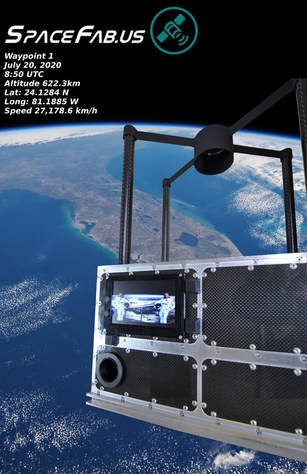 Update from SpaceFab.US, March 8, 2018 We want to thank our investors, customers, and supporters of our Waypoint space telescope for combined astronomy and ground observation. We really appreciate your support! We have reached 90% of our Wefunder crowdfund investment goal of $150K, with just two weeks left in the campaign. If you have already invested, we thank you, and ask if you could increase your investment. If everyone increased their investment by 10%, we will be able to successfully close the campaign. And if you haven’t invested in the SpaceFab campaign yet, please consider helping us build the first dual purpose space telescope that everyone can use, and own a piece of SpaceFab at the same time. DARPA Blackjack Proposers Day We will be traveling to Washington, DC for a meeting at the DARPA Conference Center in Arlington, VA on March 15. DARPA (Defense Advanced Research Projects Agency) has a new program called Blackjack, looking for companies to help build a low cost constellation of 60 to 200 satellites in LEO (low Earth orbit) with enough capability to replace a single “exquisite” satellite design, but costing much, much less. These small satellites must be large enough to have room for advanced payloads, yet small enough to be low cost. They should also be derived from commercial satellites. When we saw what DARPA’s looking for, we realized that our Waypoint Space Telescope is a perfect candidate. It uses the latest technology and is designed to be a very low cost commercial satellite with superior capabilities. DARPA is encouraging companies to team up, so we will be making a quick presentation about the Waypoint satellite, and looking for partner companies to join us in proposing a customized satellite for the Blackjack program. SpaceFab.US’ space selfie campaign is now open on Kickstarter! You can buy them on Kickstarter for the next 60 days: https://www.kickstarter.com/projects/99559663/spacefabs-space-selfies There are more than a dozen different reward levels, from space selfies to joining us at the launch of our first Waypoint satellite! Check out the SpaceFab space selfie campaign on Kickstarter to get all the details. If you have any questions, you can reach us at www.wefunder.com/spacefab, or at info@spacefab.us , we’d love to hear from you. Thank you! Randy Chung, CEO and co-founder, SpaceFab.US Sean League, Director of Spacecraft Dev Above is a link to our successful Wefunder campaign.
Phase Four and Relativity space held a beer (Wavelength Brewery) and bratwurst event, offering tours of their facilities and views of their live xenon ion engine.
In this video, SpaceFab.US Co-founder Sean League explains the advantages of using lasers for sending data down to our ground stations on Earth.
|
Archives
April 2022
Categories |
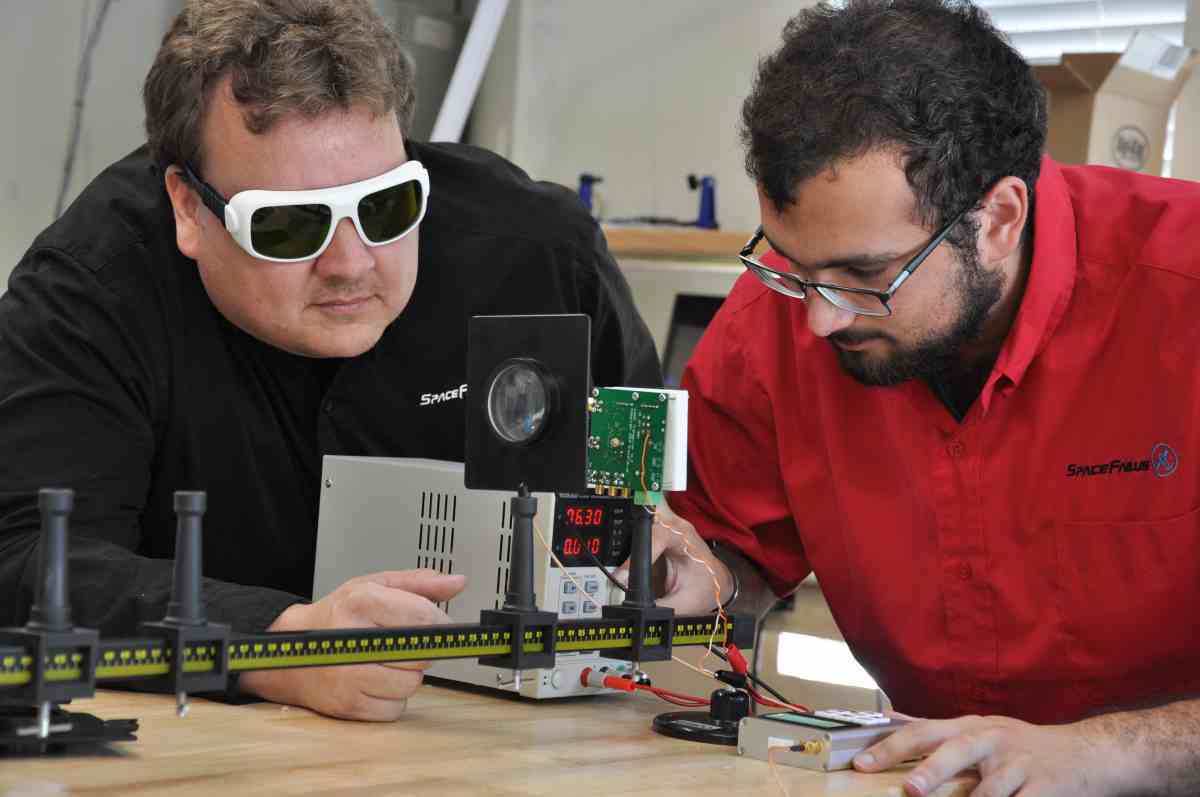
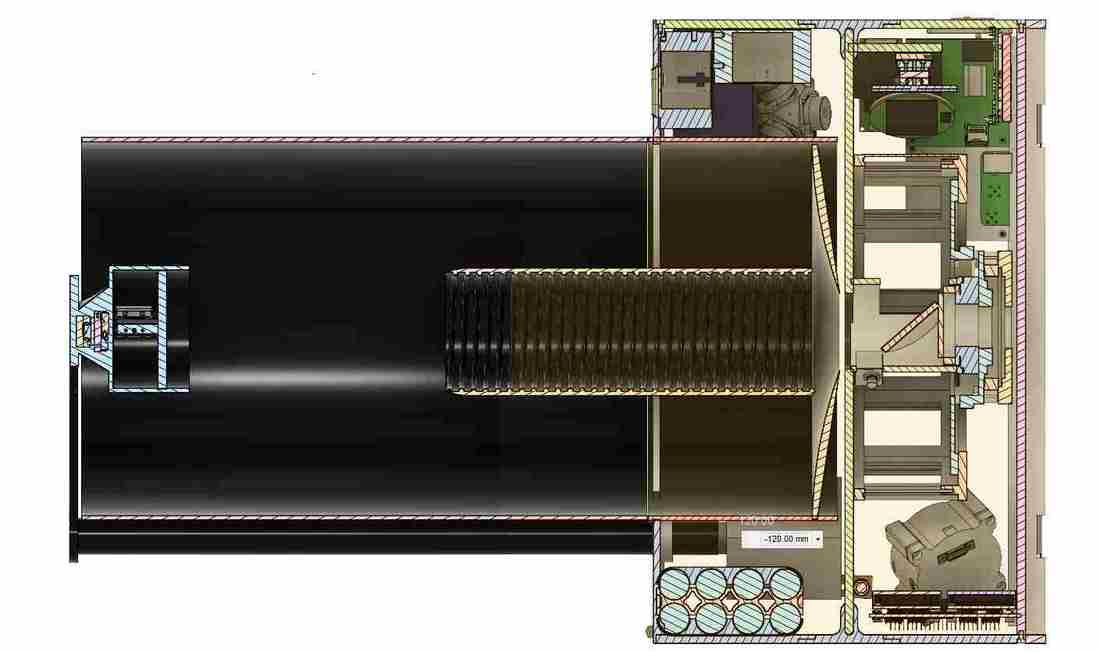
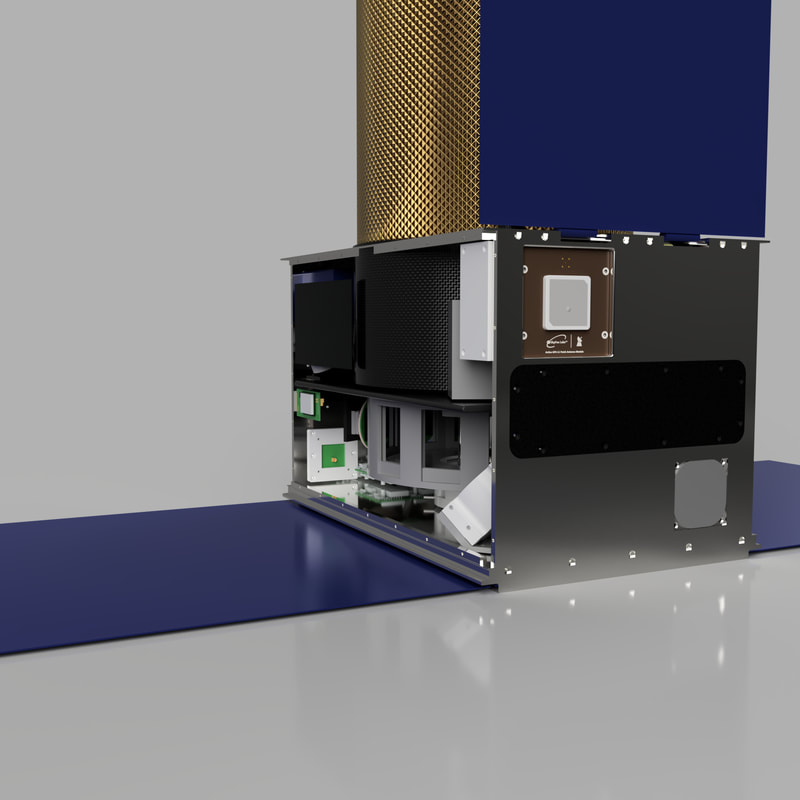
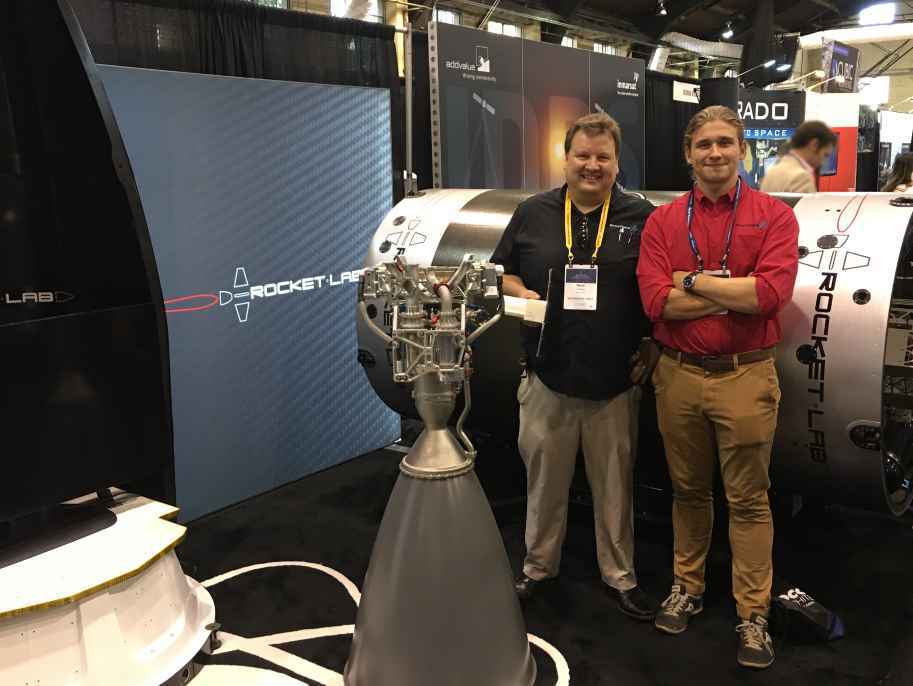

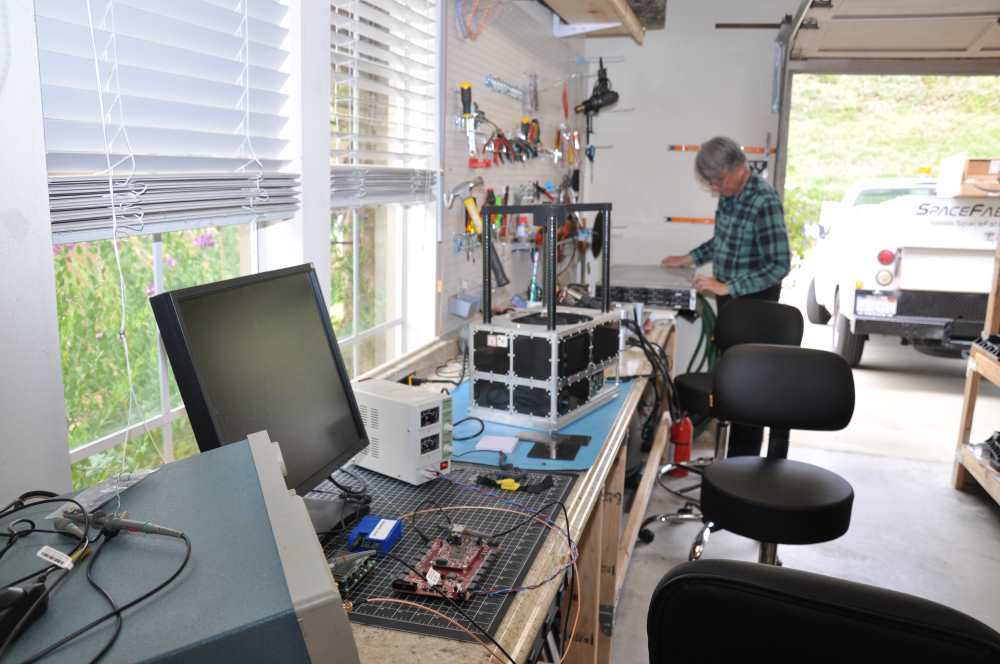
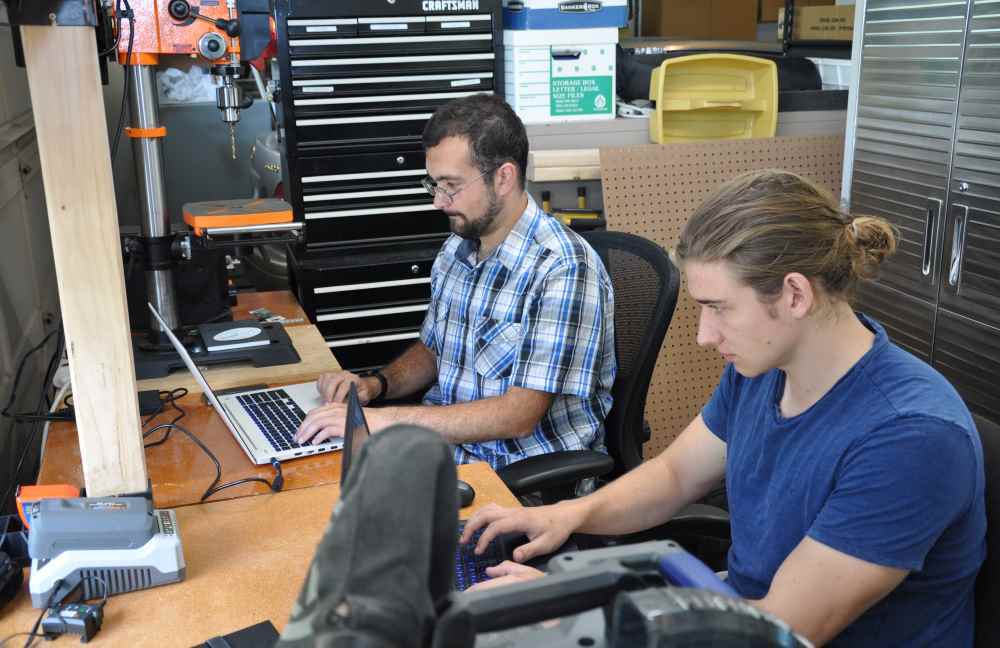
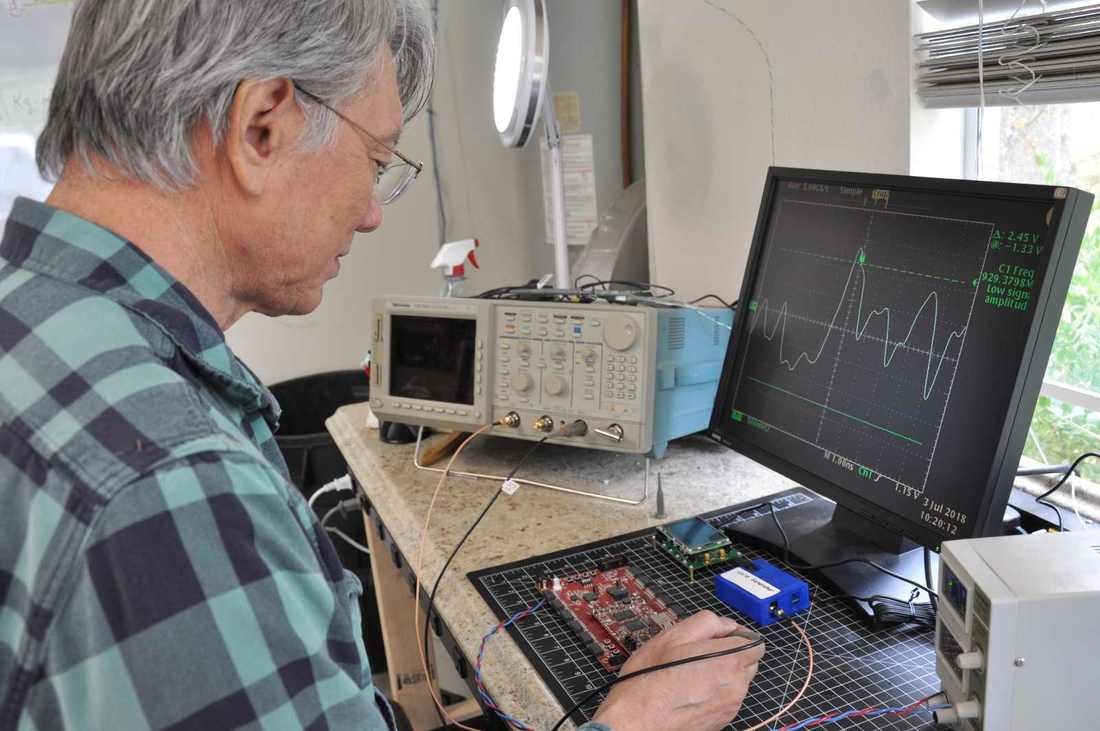
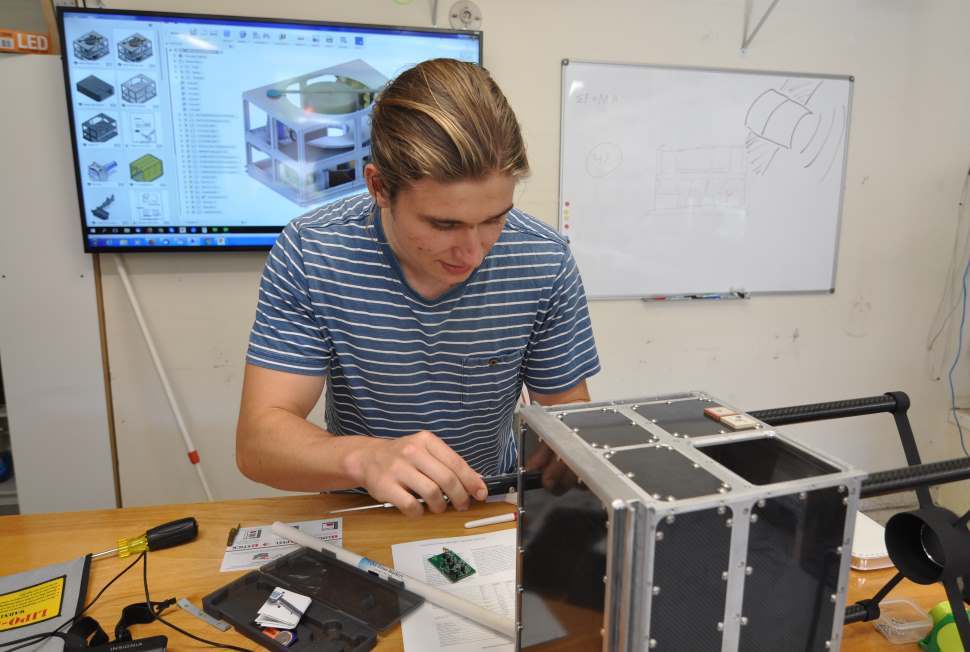
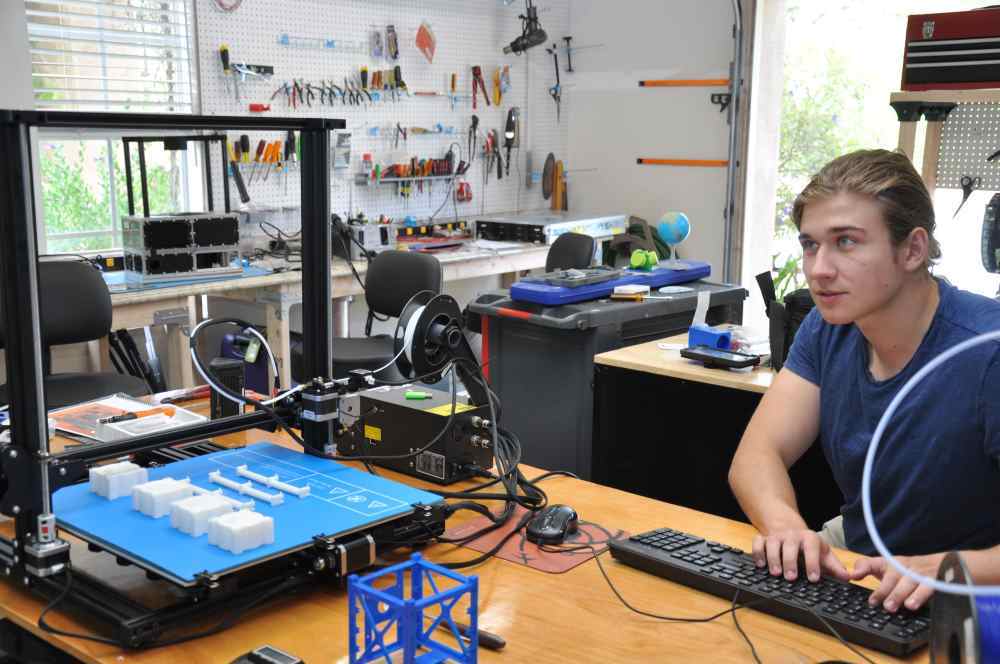
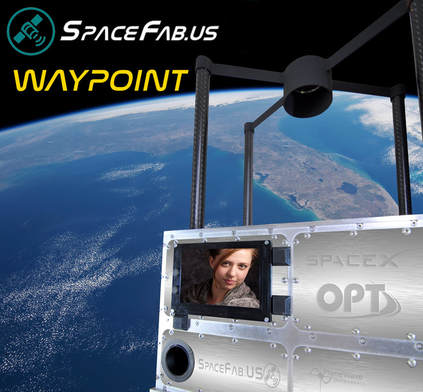

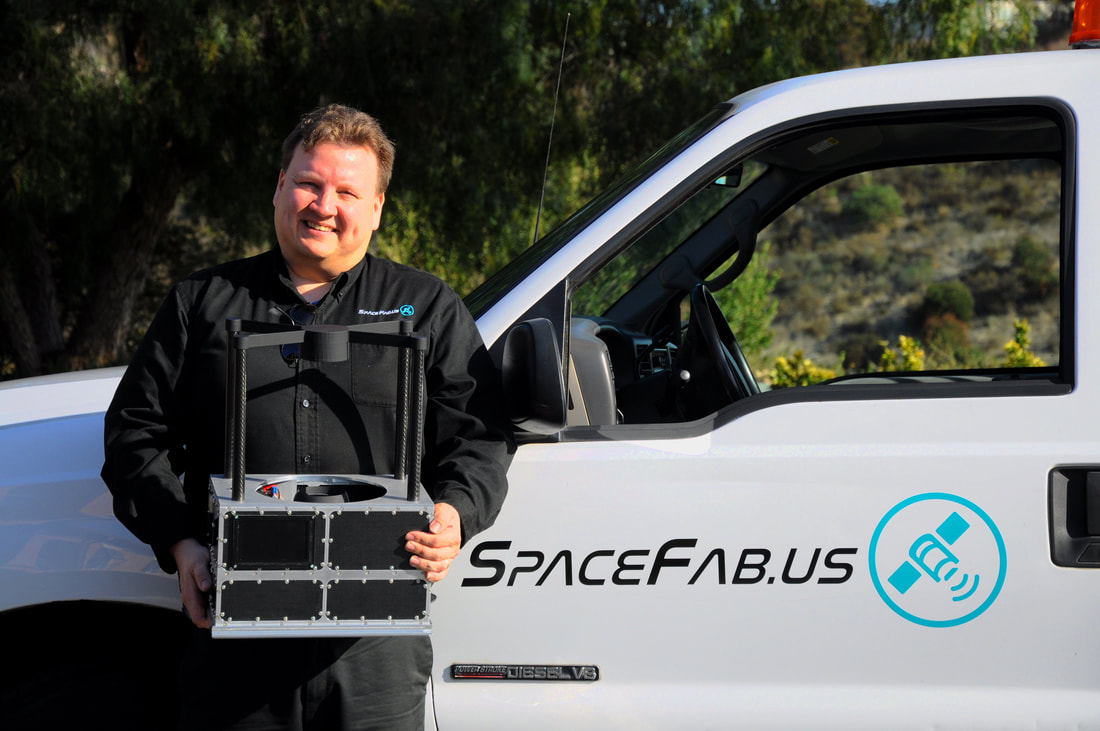
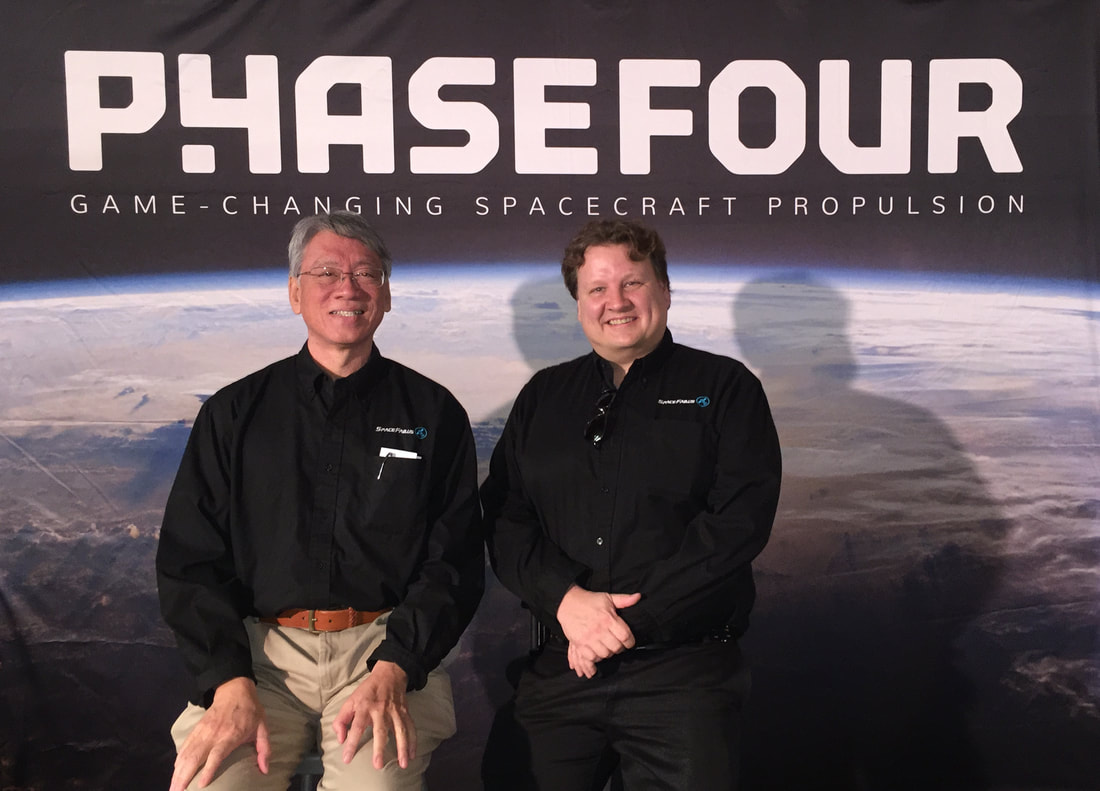
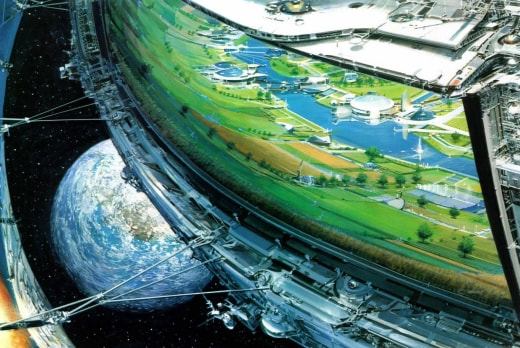
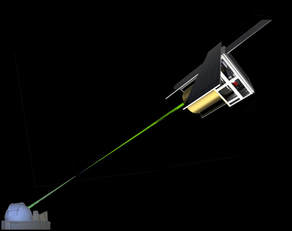
 RSS Feed
RSS Feed